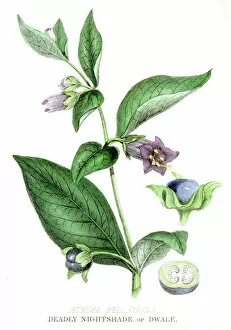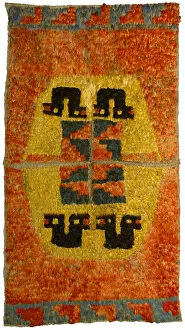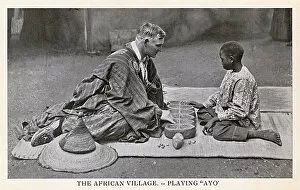Wari Collection
"Wari: A Journey Through Art, History, and Culture" Step into the captivating world as we explore its rich tapestry of art, history, and culture
All Professionally Made to Order for Quick Shipping
"Wari: A Journey Through Art, History, and Culture" Step into the captivating world as we explore its rich tapestry of art, history, and culture. From deadly nightshade poison engravings to the haunting black and white photograph capturing "The Massacre in the Niger Protectorate at Wari, " this ancient civilization leaves an indelible mark on our collective memory. Transporting us back in time, we encounter the vibrant scene depicted in "Filles Turques, qui jouent au Mangala" - a mesmerizing painting from 1714-15 that showcases Turkish girls engrossed in a game. Their laughter echoes through centuries as they connect with their pastime. Marvel at the intricate craftsmanship of an Huari gold plume ornament from South Coast dating back to c. 700-1000. This exquisite piece reflects their mastery over precious metals and serves as a testament to their artistic prowess. Delve deeper into Wari's textile traditions with tunics woven using cotton and wool (camelid) fibers. The single interlocking tapestry weave technique employed in these garments speaks volumes about their advanced weaving techniques during 600-800 AD. Witness the creativity unleashed by Wari artisans through tunic fragments adorned with bird-headed creatures - mysterious beings that blur the boundaries between reality and mythos. These fragments offer glimpses into a world where imagination ran wild alongside skilled craftsmanship. Immerse yourself further into Wari's cultural mosaic with a Nazca-Huari feather tunic crafted from cotton and feathers during 700-1100 AD. Its intricate design tells stories of rituals, beliefs, and social hierarchies within this ancient society. Discover unexpected surprises like skull vessels reflecting the distinctive Wari Pachacamac style from Middle Horizon (500-900). These vessels serve as reminders of how death intertwined seamlessly with life for this civilization.













